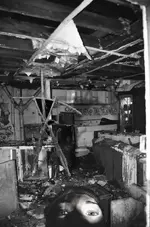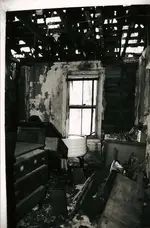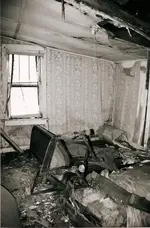Back in the day; the place was very active with people passing through on their travels. I have not done any detecting up in that area. I am sure it would produce some interesting things. I am going to go back in the spring to see what has become of the place in the past couple years.
The Catskills in general have really become a graveyard of sorts for old resorts and camps. I was travelling the back roads on the other side of the Catskills and the old Jewish camps can still be seen dotting the landscape. For those that are scratching their heads...."Jewish Camps?" In addition to the resorts that are something right out of the movie Dirty Dancing during the early 20th century, there was also a range of camps based on backgrounds too for young people and families coming up from the NYC. Jewish camps seemed to flourish in the area more than most specialty camps. Here is a brief article that I pulled up:
"Brief history of the "Catskill Mountains" also know as the Borscht Belt.
The “Catskill Mountains” is a traditional vacation land with many summer resorts and camp grounds. During the first part of the 20th century, many ethnic groups (Germans, Czechs, Jews, etc) established summer resorts in the nearby Shawangunk Mountains, located south of the Catskills near the town of New Paltz. However, since the Shawangunk name was both hard to spell and to say, those resorts cleverly adopted the Catskills as their home, thereby capitalizing on the strong reputation the area already enjoyed. The resorts together became known as The "Borscht Belt," a collection of Jewish resorts (Brown's, Grossinger's, etc) in this region.
Borscht Belt is an informal term for the summer resorts of the Catskill Mountains in Sullivan and Ulster Counties in upstate New York which were frequented by Ashkenazi Jews. Borscht is a kind of beet soup popular with people of Eastern European origin. The term Borscht Belt can also refer to the Catskill region itself.
Borscht Belt hotels, bungalow colonies, summer camps, were frequented by Jewish New Yorkers, particularly in the 1940s, 1950s and 1960s. Because of this, this area was also nicknamed the Jewish Alps and Solomon County (a modification of Sullivan County), by many people who visited there. Well-known resorts of the area included Brickman's, Brown's, The Concord, Grossinger's, Granit, Kutsher's Hotel and Country Club, the Nevele, Friar Tuck Inn, The Pines, Raleigh and the Windsor.
With changes in demographic and travel patterns, caused partially by the wide-spread adoption of air conditioning that made the cities less unpleasant in the summer, the area has declined as a major vacation destination. Perhaps the single biggest factor was the decline of discrimination or "restriction" in the hotel and travel industry by the 1960s. Prior to that time, many resorts and hotels, implicitly or otherwise, did not welcome Jews. The replacement of old travel routes such as old New York State Route 17 (superseded by an express highway of the same name, now in the midst of an upgrade to Interstate 86), had left the area with a veritable museum of abandoned or decaying travel-related businesses from the Borscht Belt's heyday.
Today the region is a summer home for many Orthodox Jewish families, primarily from the New York metropolitan area. It has many summer homes and bungalow colonies (including many of the historic colonies), as well as year-round dwellers. It even has its own year-round branch of the Orthodox Jewish volunteer emergency medical service Hatzolah. A few resorts remain in the region, (Kutsher's Hotel, Villa Roma, Friar Tuck, to name a few)."
All in all, the Catskills and their abundance of ruins and abandoned places (as in there were 100s of hotels in the area) would prove to be a great outing for anyone that enjoys detecting/treasure hunting/scavenging.



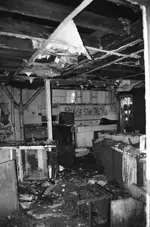
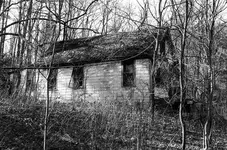
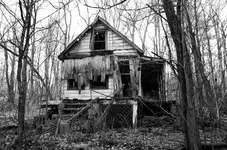
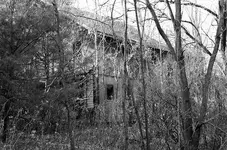
 so sad to see it in such ruins! Beautiful photos though!
so sad to see it in such ruins! Beautiful photos though!
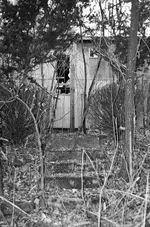
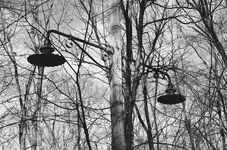
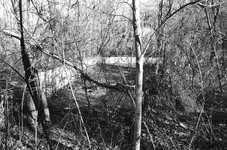


 when she came by and seen that stick figure hanging from the ceiling casting shadows on the wall!!!!
when she came by and seen that stick figure hanging from the ceiling casting shadows on the wall!!!!  I will be going back later this fall. I certainly would let you know...
I will be going back later this fall. I certainly would let you know...